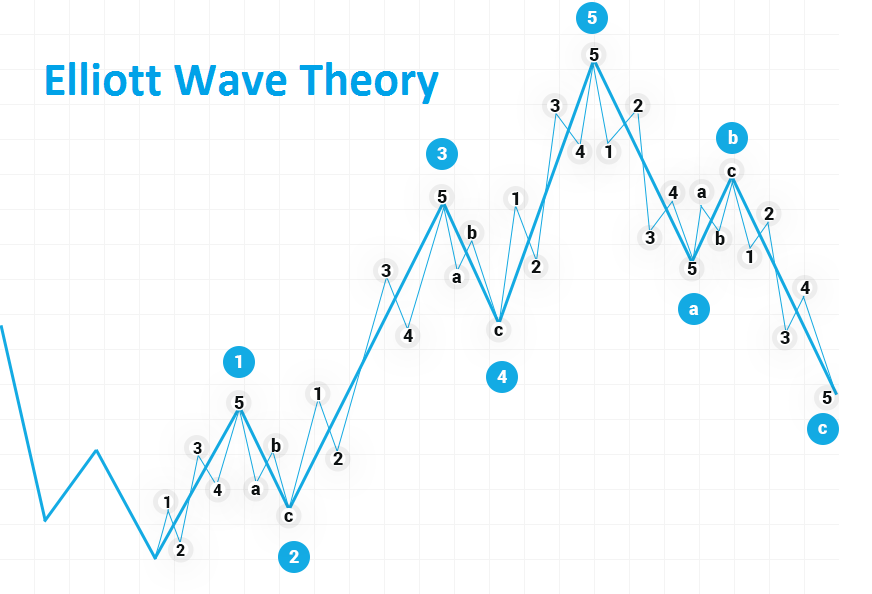Major Markets of Forex
The currency market
The currency market is also known as the Forex or FX market. Currently, it works with telecommunications technology and remains active 24 hours a day, allowing OTC transactions in individual currencies between two participants, each individual currency being its own markets, such as the USD market or the GBP market. The forex market also experiences a high volume of interbank transactions, which often determine the value of currencies. Currency markets emerged due to the need for traders to conduct international business. Currency markets remain the oldest financial markets and have a voice in global financial liquidity.
Which countries have the largest foreign exchange markets?
As with many established markets, some of the top entrants control significantly more volume than the rest of the list combined.
In the forex market, this largely belongs to the Group of 10, also known as G10 coins. These coins are listed according to market share:
United States Dollar (USD): 88.3%
Euro (EUR): 32.3%
Japanese yen (JPY): 16.8%
British pound (GBP): 12.8%
Australian dollar (AUD): 6.8%
Canadian dollar (CAD): 5%
Swiss francs (CHF): 5%
New Zealand dollar (NZD): 2.1%
Swedish krona (SEK): 2%
Norwegian Krone (NOK): 1.8%
As usual, the popularity chart is not without exception, with the Chinese yuan (CNY) taking 4.3% of the market share. Since currencies are traded in pairs, their volume is 200% because each trade is counted twice: one is sold and the other is bought.
Why is the US dollar so important?
The US dollar is issued by the Federal Reserve (Fed) and is the official currency of the United States. It is the most traded currency in the world with an average daily volume of $ 2.9 trillion.
There are several reasons for its popularity. First, the United States is the world's largest economy and a powerhouse in international trade. Second, the US dollar is the world's largest 'reserve currency' held by central and commercial banks for international transactions and investments - about 63% of foreign exchange reserves by volume.3 And third, many commodities Premiums are valued in dollars, including gold. oil and copper.
While the value of the dollar is primarily affected by the economic performance of the United States and the demand for commodities, its value may also be influenced by fluctuations in the economic performance of other countries that use the dollar, officially or as a currency. These countries include Ecuador, Panama, and El Salvador, among others Read More...


Comments
Post a Comment